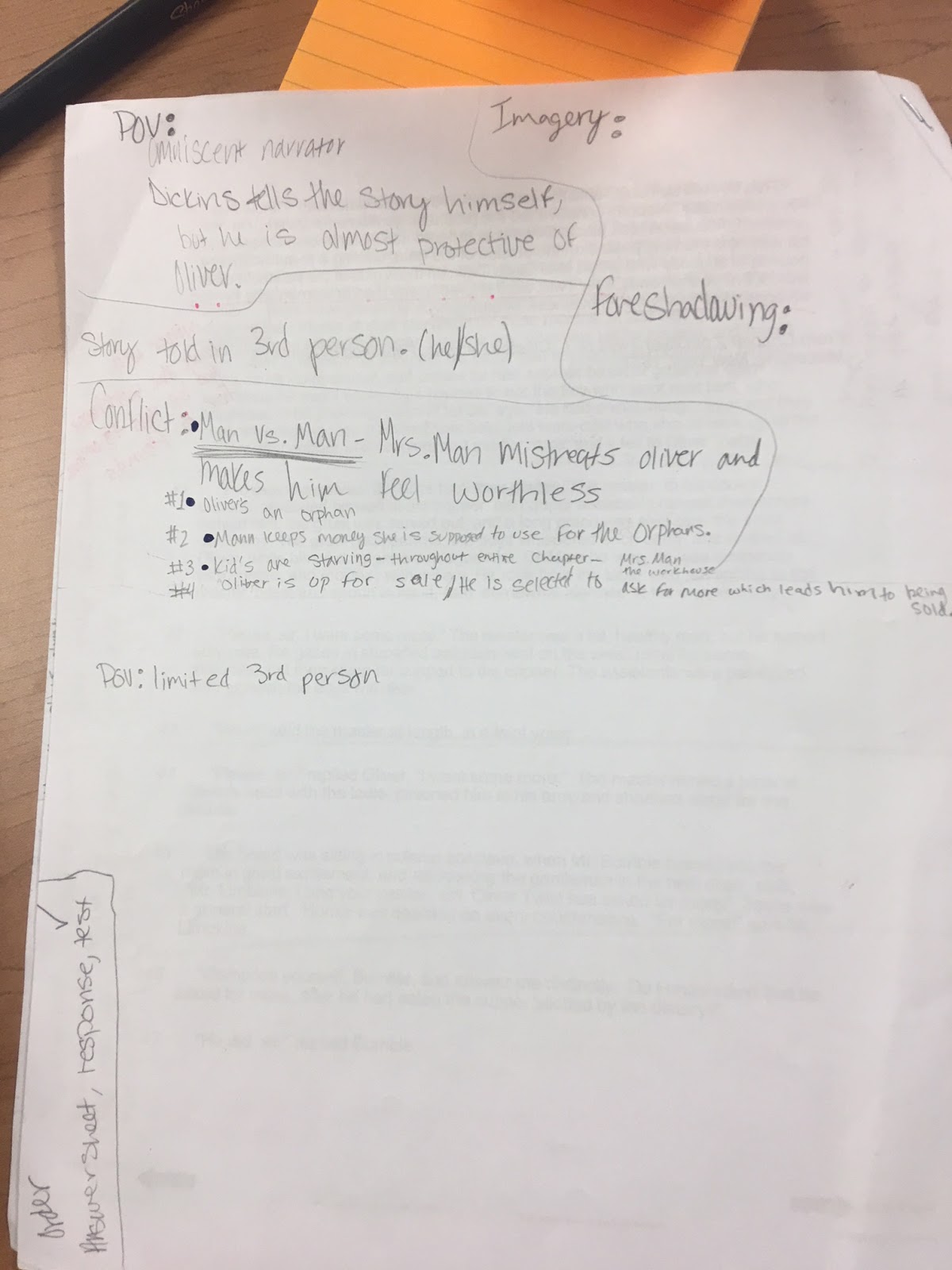Hello! I hope I’m not sounding ignorant, but I am trying to figure out how many questions the students have to get right on the English I & II EOC. Can you help me? Also I have been working on the composition rubric with my kids that ranges from 1-4, but I have been pulling up STAAR rubrics that show the composition score ranging 1-8. Now I am confused. Can you help me figure the rubric for the composition and how questions are needed for passing? Thanks, XXXXXXXXXX
Interesting
question. It’s not ignorant at all. I’m going to CC Sherry on this one to make
sure I don’t mess this up. It’s complicated.
Basically,
it depends.
- It depends on what they
make on the essay.
- It depends on what the
state decides is the difficulty range of the text and test itself compared
to previous years (how they scale the test and select the cut points)
- It depends on whether
the kids took the test on paper or on computer. It depends on what accommodation
features for the version of computer test they take. (There's a different scale for each version of the test.)
- It also depends on what
level you are wishing them to achieve: meets approaches, exceeds.
- You also have to attend
to growth in scale score required from the previous year’s individual test
results.
To start,
you look at the raw score conversion tables to get a guestimate on what might
be required. Last year, they had to get 39 correct to pass. (Sort of. More on
that later.) Other years it is more. Sometimes less. Usually within 3-5 items.
You also have to account for the essay score. Here is the link to 2017-1018:
For the Essay
For the
essay, you are correct in both statements. Yes. The scores are 1-4. Yes. You
will see ranges from 1-8. Confusing for sure. Each paper is scored two times.
Each person gives the paper a score from 1-4. Then those scores are added
together to reach a total from 1-8.
As if
that’s not confusing enough, to calculate passing for the whole test, the total
score for both raters (1-8) is multiplied times 2. So for English 1 and 2, the
essay is worth up to 16 points.
Weighting
Now you
add in another factor: the weighting.
The written
composition is worth 24% of the test. So they can bomb the essay or write
nothing and still pass.
Revising
and editing is worth 26% of the test with 18 questions.
Reading
is worth 50% with 34 questions.
And then you add in the 10 or so field test items that will be for revising and editing as well as for reading.
And then you add in the 10 or so field test items that will be for revising and editing as well as for reading.
Playing Games
You can
start playing games like: I’ll get half of the reading questions correct for
25% of the test and nail the 26% for the revising and editing and get a 2 from
both raters and multiply that times 2 for a total of 8 which would now make my
essay worth half of the 24 points and have 64 percent passing rate. I’d have 18
plus 17 plus 8 to get a raw score of 43. Which would mean I would pass if the
cut scores are the same as last year. Maybe. IF the questions I am counting on
getting correct are NOT the field test items. So, ultimately, it is impossible to predict how many items they will have to
get correct to pass.
Don't Count Items
Which
means…drumroll…you can’t count up questions kids think they are going to get
right so they know if they need to keep working. I don’t think we want kids
spending time counting percentages and numbers of questions and raw score cut
points to see if they are going to pass. They’d be better off reading and writing
and thinking and doing a two finger check on their answer document.
From Sherry Clark:
Shona is correct in the information she provided.
Basically, there are 68 possible points to earn on the English I and II EOC
tests. The multiple choice items are worth 1 point each, where the
composition is worth 16 points.
For 7th grade writing, there are 46 possible
points. The composition score is doubled, so it accounts for 16 of the 46
points.
For the 4th writing, there are 32 possible
points. The composition score is not doubled, so it accounts for 8 of the
32 points.
Here’s a short table to summarize:














